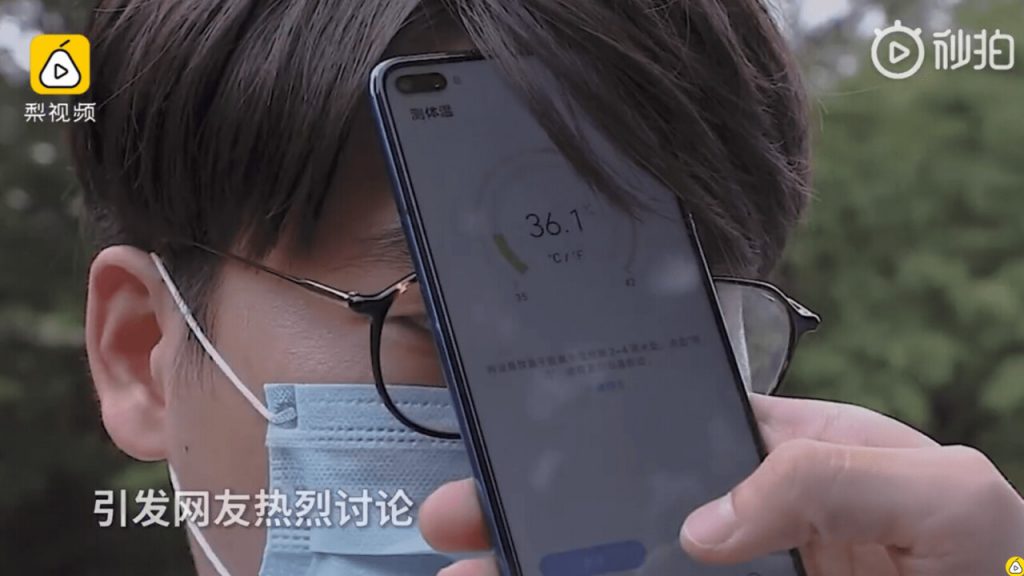Since the COVID-19 epidemic, people have become more attentive to checking their body temperatures for feverish symptoms. Researchers at the University of Washington have created an ingenious program that turns a standard smartphone into an accurate and user-friendly thermometer in response to the need for a practical and economical solution. FeverPhone is a revolutionary app that enables users to check their body temperature using only their phone and no additional gear.
The technology behind FeverPhone utilizes the thermistors already embedded in smartphones, which are typically used to monitor the device’s internal components, particularly the battery. These thermistors are identical to those found in clinical-grade thermometers and measure changes in temperature when in contact with the body. By leveraging the phone’s touchscreen to sense contact with the skin and the thermistors to measure air temperature and the rise in heat when the phone touches the body, the researchers embarked on their groundbreaking experiment.
The researchers tested the app rigorously to verify correctness. They used a plastic bag filled with hot water to imitate a warm forehead and placed the phone’s screen against it. Three different phone models were used to collect the data: a Huawei P20, a Google Pixel 3, and a Google Pixel 6. In order to estimate body temperature based on how rapidly the phone heated up, this data was then used to train a machine-learning model. Additional data from the touchscreen was then utilized to account for heat transfer from the user’s touch. The model was also adjusted to account for changes brought on by phone accessories like cases and screen protectors.
The researchers proceeded to test the app on human subjects, enlisting 37 participants, 16 of whom had a low-grade fever. Prior to using FeverPhone, participants had their temperature measured using an oral thermometer. They pressed the phone’s touchscreen against their forehead for approximately 90 seconds, determined to be the optimal time for accurate heat transfer detection. The forehead was chosen due to its stability in response to ambient air temperature and its sufficient surface area for contact with the phone screen.
The results were promising, with FeverPhone estimating core body temperature with an average error of just 0.41 °F (0.23 °C), well within the clinically acceptable margin of error.
The researchers are now focused on refining the app further to ensure compatibility with a wide range of smartphones and smartwatches. Lead author Joseph Breda expressed enthusiasm for the future possibilities, stating, “I am already working on seeing if we can get a similar signal with a smartwatch. What’s nice, because watches are much smaller, is their temperature will change more quickly. So you could imagine having a user put a Fitbit to their forehead and measure in 10 seconds whether they have a fever or not.”
As the battle against infectious diseases continues, the FeverPhone app has the potential to provide a convenient and accessible tool for individuals to monitor their health and detect fevers with ease, all from the device they carry with them every day.

